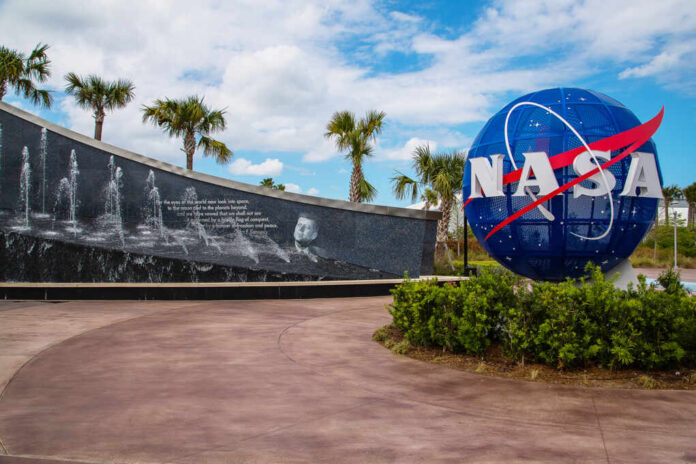
In a stunning display of American ingenuity and technological prowess, NASA and Lockheed Martin have pulled back the curtain on their latest creation — the X-59 quiet supersonic aircraft. Unveiled on Friday at the Lockheed Martin Skunk Works facility in Palmdale, California, this aircraft is a testament to a bold new era in commercial air travel.
The X-59, developed under the Quiet SuperSonic Technology (Quesst) project, promises to shatter existing aviation norms. Unlike traditional supersonic aircraft known for their thunderous sonic booms, the X-59 is designed to fly faster than the speed of sound while producing only a gentle “thump.” This innovation could revolutionize air travel, making it faster and more community-friendly.
Introducing the X-59, our experimental supersonic aircraft that aims to make sonic booms quieter, and help lift the ban on commercial supersonic flight. Your ears – and pets – will love it. Follow @NASAAero for #Quesst mission updates. pic.twitter.com/lj3Di11Ek5
— NASA (@NASA) January 12, 2024
After reflecting on the achievement, NASA Deputy Administrator Pam Melroy emphasized the transformative potential of the X-59. “NASA’s X-59 will help change how we travel, bringing us closer together in much less time,” she said. Her words encapsulate the essence of this project – a leap forward in connecting people across vast distances with unprecedented speed and efficiency.
Lockheed Martin’s significant role in this venture is highlighted by their receipt of a substantial $248 million grant from NASA in 2018, kickstarting the development of the X-59. The company’s commitment to innovation and NASA’s vision have resulted in an aircraft unlike any other. The X-59’s unique aerodynamic design, characterized by its dart-like profile and nearly 100-foot length, is pivotal in achieving its ground-breaking capabilities. The absence of a forward-facing window, replaced by an eXternal Vision System (XVS), adds to its unique design and is crucial in mitigating the sonic boom effect.
A friendly heads up, @NASA is going to unveil the new @NASAAero X-59 #QUEST quiet supersonic aircraft in full livery to the public today. I’m excited to see this bird rolled out of the hanger…but more importantly, I can’t wait to see it fly! pic.twitter.com/RQUk1FajCU
— Dr. Buzz Aldrin (@TheRealBuzz) January 12, 2024
But the X-59 is more than just a technological marvel; it represents a commitment to a sustainable future in aviation. The aircraft is set to undergo a series of tests, including flights over select U.S. cities, to assess public perception of its sound profile. This data will be invaluable to the Federal Aviation Administration and international regulators as they consider the viability of commercial supersonic flights over populated areas.
John Clark, vice president and general manager of Lockheed Martin Skunk Works, captured the moment’s significance during the unveiling. “The Skunk Works mantra of quick, quiet, and quality takes on a whole new meaning. As we usher in the hopes of a new era of quiet supersonic travel, made possible through our collaboration with NASA.”
The X-59’s journey is not just about breaking speed barriers; it’s about redefining the boundaries of aviation. Its potential applications, from rapid medical responses to shorter shipping times, are vast and transformative. It’s a bold step in the ongoing journey of discovery that traces its roots back to the era of Chuck Yeager and the X-1.
NASA’s X-plane series has a storied history of pushing the limits of flight. The X-59 is no exception. It stands as a beacon of American innovation, a symbol of the relentless pursuit of progress that has long defined the spirit of U.S. aerospace endeavors.














